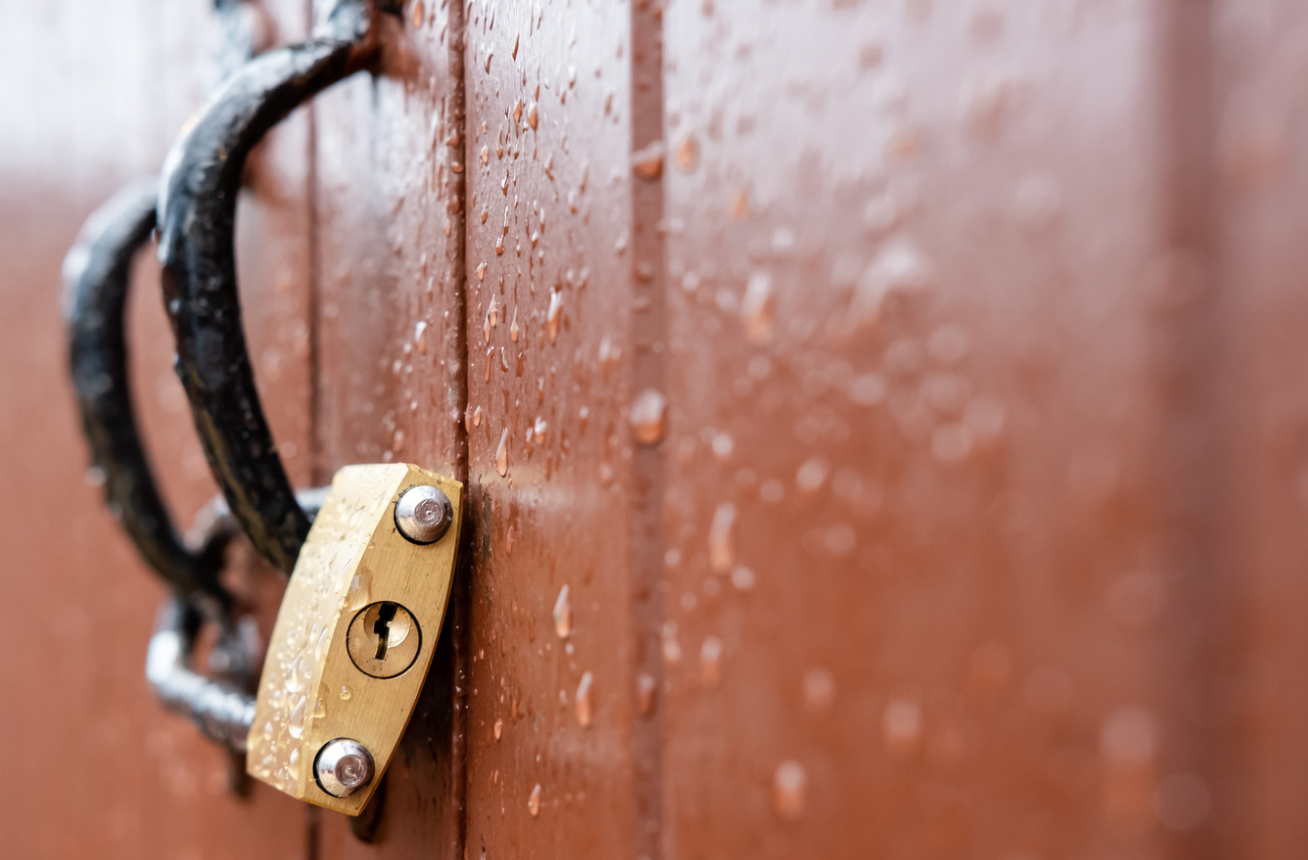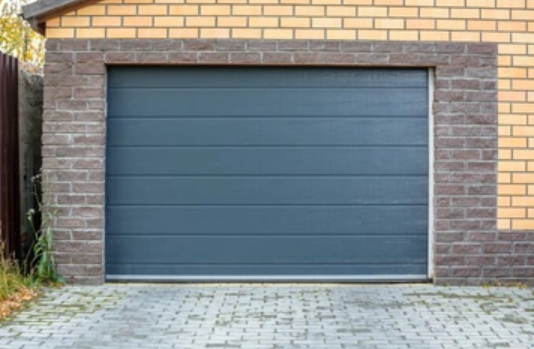It’s natural for us as homeowners to want to keep our houses and assets safe from intruders. Unfortunately, garage door break-ins are becoming more common, with crooks targeting many residences. To keep your garage and house safe, it’s critical to understand the common causes of garage door break-ins, the symptoms that a break-in has occurred, and prevention strategies.
We’ll go over all these important topics in this post and provide you with the knowledge you need to keep your house and valuables safe. So, let’s begin with the most typical reasons for break-ins.
Common Causes of Garage Door Break-Ins
There are several common causes of garage door break-ins, each of which can put your home or garage at risk. Here are some of the most common causes:
- Faulty locks
- Poor maintenance
- Lack of security systems
- Remote control vulnerabilities
Faulty Locks
Over time, locks can become worn or damaged, making them easier for criminals to pick or force open. inspecting and maintaining your locks can help prevent this from happening.
Poor Maintenance
Neglecting the maintenance of your garage door can make it easier for criminals to break in. inspecting and cleaning your garage door, checking hinges, and tightening loose screws or bolts can help prevent break-ins.
Lack of Security Systems
If your garage isn’t protected by a security system, alarm, or cameras, it’s much more vulnerable to break-ins. Installing a security system is a great way to deter criminals and protect your home.
Vulnerabilities in Remote Controls
If you use a remote control to open and close your garage door, make sure it’s secure. Criminals can get access to your garage and home by hacking into remote control systems. This can be avoided by using secure remote controls with encrypted codes.
Signs of a Possible Break-Ins
If you suspect that your garage has been broken into, it’s important to act quickly. Here are some signs that a break-in may have occurred:
- Broken locks or hinges
- Evidence of forced entry
- Damage to the garage door opener
- Missing items from the garage
Broken Locks or Hinges
If you notice any signs of forced entry or damage to the locks or hinges, it’s a good indication that someone has tried to break into your garage.
Evidence of Forced Entry
Look for scratches or dents on the door, broken windows, or other signs of damage. If you see any of these signs, call the police immediately.
Damage to the Garage Door Opener
If the garage door opener is damaged or not working properly, it may indicate that someone has tried to gain access to your garage.
Missing Items from the Garage
If you notice that items are missing from your garage, it’s a clear sign of a break-in. Call the police and report the break-in right away.
Prevention Tips for Garage Door Break-Ins
By taking steps to prevent garage door break-ins, you can help keep your home and valuables safe. Here are some tips for preventing break-ins:
- Regular maintenance of locks and hinges
- Installing a security system
- Using secure remote controls
- Investing in strong doors and windows
- Proper lighting
- Participating in a neighborhood watch program.
Regular Maintenance of Locks and Hinges
Regularly maintaining your locks and hinges can help prevent break-ins. Check the locks, hinges, and screws or bolts to ensure they’re tight and secure.
Install a Security System
Installing a security system that includes motion detectors, cameras, and alarms can deter criminals and protect your home. Consider using a smart security system that you can control remotely.
Use Secure Remote Controls
When using remote controls to open and close your garage door, make sure they’re secure. Use remote controls with encrypted codes and don’t leave them in your car or in an easily accessible place.
Invest in Strong Doors and Windows
Investing in strong garage doors and windows made of durable materials, such as steel or reinforced aluminum
Lighting
Proper lighting can deter criminals and make it harder for them to break in. Install motion-sensor lights around your garage and make sure the area is well-lit.
Neighborhood Watch
Joining a neighborhood watch group or starting one in your community can help protect your home and keep you informed of any suspicious activity. Share information with your neighbors and work together to keep each other’s homes safe.
Deadbolts and Padlocks
Adding deadbolts or padlocks to your garage door can provide extra security and make it more difficult for criminals to break in. Consider installing a heavy-duty padlock on the inside of your garage door for added protection.
Read our article on Garage Security to know more about how to make your garage more secure.
Frequently Asked Questions (FAQs)
What is the most typical reason for garage door burglaries?
Faulty locks are one of the most common reasons for garage door break-ins. Locks can become worn or damaged over time, making them simpler for burglars to pick or force open.
What are the warning indications of a garage door break-in?
Broken locks or hinges, evidence of forced entry, damage to the garage door opener, and missing objects from the garage are all signs of a suspected garage door break-in.
What are the most effective methods for preventing garage door break-ins?
Regular lock and hinge maintenance, establishing a security system, using secure remote controls, investing in strong doors and windows, sufficient lighting, and engaging in a neighborhood watch program are the best strategies to prevent garage door break-ins.
How can I protect my garage door opener remote?
Lock your garage door remote control using encrypted codes, and don’t leave them in your car or in an easily accessible position.
What should I do if I believe there has been a garage door break-in?
If you suspect a garage door break-in, call the police right away and report it. If you notice any signs of forced entry or damage, do not enter the garage and instead wait for the authorities.
Key Takeaways
1. Common causes of garage door break-ins: Faulty locks, poor maintenance, lack of security systems, and remote control vulnerabilities.
2. Signs of a possible break-in: Broken locks or hinges, evidence of forced entry, damage to the garage door opener, and missing items from the garage.
3. Prevention tips for garage door break-ins: Regular maintenance of locks and hinges, installing a security system, using secure remote controls, investing in strong doors and windows, proper lighting, and participating in a neighborhood watch program.
4. If a break-in is suspected, call the police immediately and report the break-in. Do not enter the garage if there are signs of forced entry or damage.
Secure garage door remote controls by using remote controls with encrypted codes and avoiding leaving them in accessible places. Consider using a smart security system that you can control remotely.
Finally, safeguarding your home and valuables from garage door break-ins necessitates awareness and preventive measures. You may assist maintain the security of your house and belongings by recognizing the common causes of break-ins, knowing the indicators of a prospective break-in, and taking the required safeguards. Maintain vigilance and take proactive measures to avoid garage door break-ins.






